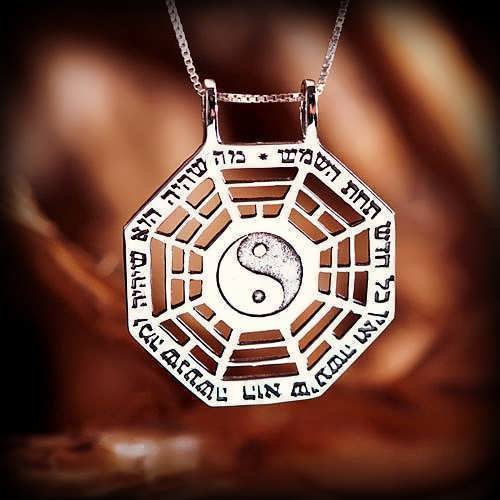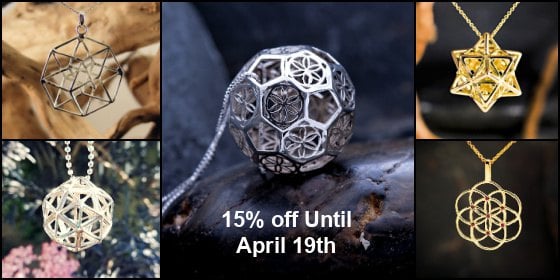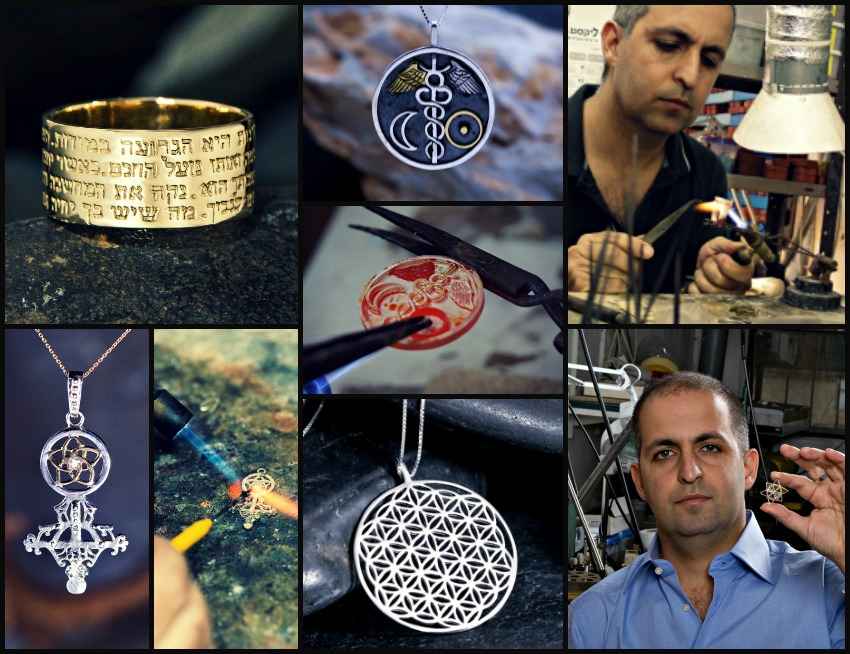I CHING - The Power of Knowledge
Understanding of the Human Place in the Universe
I Ching is the oldest Chinese classic text also called ‘the book of changes ’or ‘classic of changes’. This text basically speaks about cosmology which is based upon ancient Chinese traditions or customs. Let us first understand the meaning of the title of I CHING which is also called Yi Jing. ‘Yi’ as an adjective means ‘easy and simple and as a verb, it means ‘to change’ or to substitute one thing for another. ‘Jing’ here means a classic text which says that things are not going to change with the passage of time. I CHING combines three meanings. They are ease, simplicity, variability, and persistence. In modern East Asia and the Western world, the I Ching is regarded as a symbol of divination. The text of I Ching is represented by a set of 64 abstract line arrangements called hexagrams.

History of the I Ching
If we consider it from the historical point of view, it has two approaches traditional view and modernist view. I Ching helps us to make decisions, predicting the future and it is also a source of wisdom and inspiration for generations. In the traditional view, I Ching was an early Chinese legendary ruler who ruled China between the traditional dates of 2800 BCE-2737 BCE. It is believed that he was bestowed with the 8 Triagrams (an auspicious symbol of transformation) supernaturally. The 8 Triagrams were supposedly transformed into 64 hexagrams by the time another legendary ruler started ruling China between 2194 BCE–2149 BCE. The 64 hexagrams were recorded in the scripture Lian Shan. The traditional history goes on till 722 BCE - 481 BCE when the Great Chinese philosopher Confucius wrote the Shi Yi, which is a group of ideas on the I Ching.
Modern Society and the I Ching
The modern I Ching is based on the model Confucius created in his book. Confucius added meanings to the lines in the Trigrams and hexagrams. These changes were congruent with Confucius using the I Ching more as a philosophical text. Around 100 ADE the order of the hexagons was changed and in the Third century AD the changes were established and used from then on.
In modern times the I Ching has been translated into many different languages. One of the more famous translations was done by Richard Wilhelm. Wilhelm was a sinologist, one who studies Chinese culture, politics, and language. He was a missionary in China for over twenty years. While he was there, Wilhelm studied the I Ching and worked with oracles and Chinese sages to fully understand the book before he translated it. One of Wilhelm’s friends, Carl Jung, a famous German philosopher, and psychologist read Wilhelm’s translation of the I Ching and popularized the I Ching in the Western world. Jung drew connections between the I Ching and astrology. Jung also used the I Ching when trying to solve his patient’s problems. Jung used the I Ching to explore the unconscious and made connections between the I Ching and psychology. When Jung interacted with the I Ching he was given answers that fit the questions asked. Jung considered the I Ching a book of knowledge and understanding that pertained to his patient’s and his own psychological questions.
John Cage, a modern musician, developed chance-controlled music and was influenced by the I Ching. After he read the I Ching he used it to compose his music. Hermann Hesse used the hexagram design from the I Ching to portray a chess-like game in his novel The Glass Bead Game. Phillip K. Dick used the I Ching to write his novel The Man in the High Castle. In this book, assorted characters use the I Ching to determine their fates. Dick also used the I Ching in his daily life and said its answers have a universal quality that he used to help him work through different situations he encountered in his life and career. Mark Rylance, an actor, has used the I Ching to figure out what roles he will play. Rylance said the advice from the I Ching led him to meet his wife. He rolled the dice to decide whether to take a small part in a large film or go to the theater. The I Ching directed him to the community which meant theater to Rylance. People have used the I Ching to help guide their lives and destinies for many years.
Later translations have brought about a change in the I Ching. These focus more on Western Zhou readings and their texts vary from the original I Ching. These are called the modernist school. Richard Rutt translated the I Ching in 1996 and used some newly found sources and information in his translation. There are many translations of the I Ching available still. Today the I Ching is still used for divination.
The I Ching itself contains 64 hexagrams that are made of 6 stacked lines. Some of the lines are solid and some are broken lines. Each hexagram has a statement, a name, and 6 line statements. These are where the divinations are obtained. The first and second hexagrams have an additional line statement.
The hexagrams are symbols of changes. People are constantly changing and the hexagrams reflect this change. They also reflect opposites such as light and dark. They reflect the idea that changes are not just happenstance. Changes happen for a reason, both in nature and in human life. The hexagrams put this change and meaning into words that can be called judgments. The judgments help people decide if they should continue on their path or create a change in their life. Following the I Ching will help a person understand their origins and place in the universe.
This ancient text is still being used today for divination. It is thought to have been the basis for modern day algebra and has influenced many modern philosophers. The divination today includes the use of astrology and planetary alignments along with yarrow stalks and coins. The I Ching contains ancient secrets that still puzzle modern day people but ultimately provides a connection for a man to the planets and the great design of the universe.
About the Author
David Weitzman
The jewelry artist David Weitzman combines ancient and sacred knowledge into a unique line of jewelry designed to bring people both beauty and inspiration. David's artwork harnesses the power of spiritual symbols and sacred geometry from around the world to bring those wearing this sacred jewelry happiness, vitality, excitement, and love.
Our Current Special:

The Designer - David Weitzman
David Weitzman is the force behind Ka Gold Jewelry. David has a vast knowledge in the fields of
Kabbalah,
Sacred Geometry,
Ancient Egyptian wisdom,
Jewish tradition,
Tibetan Buddhism and other sacred concepts. David's work harnesses the power of spiritual symbols to bring those wearing them happiness, vitality, excitement, success, and love.
Join David's Newsletter
» Be the first to know about NEW Designs.
» Explore behind-the-scenes stories and media from each creation.
» Exclusive sales and special offers.


![]()
